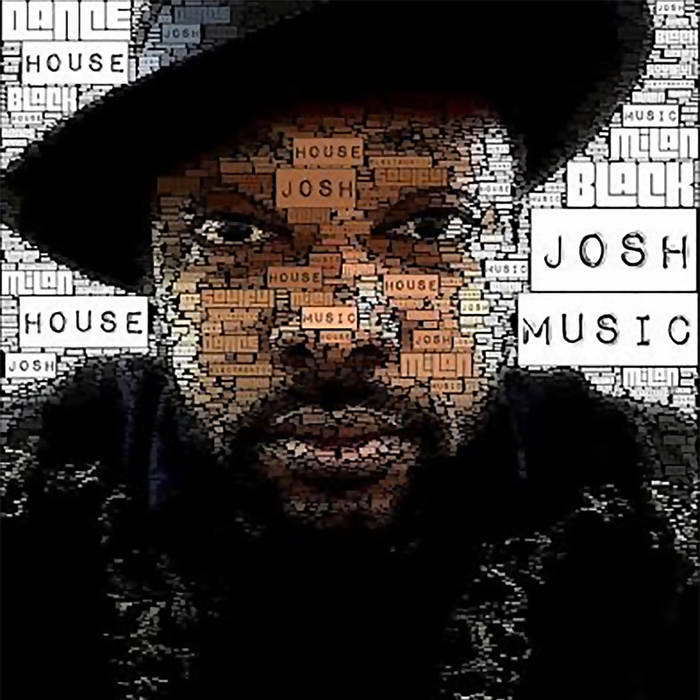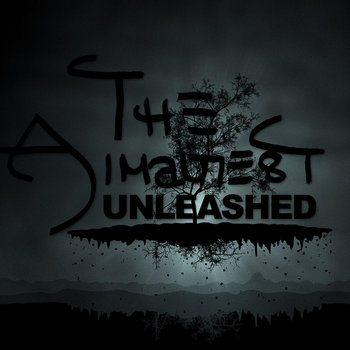
Written by Ben Sisario — In the music industry’s streaming battles, the fight extends to even the minutiae of copyright.
Apple, in a government filing on Friday, proposed simplifying the highly complex way that songwriting royalties are paid when it comes to on-demand streaming services like Apple Music, Spotify and Tidal.
According to Apple’s proposal, made with the Copyright Royalty Board, a panel of federal judges who oversee rates in the United States, streaming services should pay 9.1 cents in songwriting royalties for every 100 times a song is played. This formula would replace the long passages of federal rules for streaming rates, which often leave musicians bewildered about just how the money flows in streaming music.
But even in this seemingly innocuous proposal, which was not made public but was obtained by The New York Times, Apple’s target is clear: Spotify, its archenemy in streaming music. The proposal would significantly raise the rates that Spotify pays, and the filing includes lines that are clearly directed at Spotify and its so-called freemium model.
“An interactive stream has an inherent value,” Apple wrote, “regardless of the business model a service provider chooses.”
A spokeswoman for Apple confirmed the filing but declined to comment further.
Apple’s streaming service, Apple Music, was introduced a year ago, and it has earned the support of many power players in the music industry — including Taylor Swift — because it does not offer a free version, but instead charges about $10 a month. Spotify, begun in Europe in 2008, has both free and paid versions. This has led to a tense relationship with record companies and music publishers, who say the service’s free tier does not pay enough in royalties and devalues their music across the board.
The battle over free music has extended to YouTube, which the music industry has been campaigning against for months, arguing that the service does not pay enough in royalties and that the availability of so much free music on the site has hampered the growth of paid services. Both Spotify and YouTube counter that they have paid billions of dollars to the music industry.
Last month, Apple said that Apple Music had 15 million subscribers, and Spotify reported that it had 30 million paid users and another 70 million who listen free, with ads.
Although Apple Music has a three-month free trial period, the company has stood staunchly by its model of paid music. “We agree 100 percent with artists that they should have the right to decide where their content is available — whether it’s free or when it’s free, when it should be paid or how much it should cost,” Eddy Cue, Apple’s senior vice president of internet software and services, said in an interview this week with The Hollywood Reporter.
Apple’s filing was made as part of a proceeding by the Copyright Royalty Board to set statutory rates for downloads and interactive streaming services from 2018 to 2022. Spotify, Google, Pandora, Amazon and the Recording Industry Association of America were all expected to file their proposals by Friday, but the panel has not yet made the filings public.
Although the bulk of Apple’s proposal with the Copyright Royalty Board is confined to three brief paragraphs, it would have wide implications if it were adopted. Songwriting rates paid by interactive streaming services like Spotify are now governed by a byzantine system that includes a division between what are known as mechanical and performance royalties for the same songs. Apple’s proposal would cover all songwriting royalties with the same rate. (Royalties for recordings are accounted separately.)
What Apple does not say in its filing, however, is that the statutory rates it proposes would not apply to its own services. When the company introduced Apple Music last year, it struck direct deals with music publishers at rates that are slightly higher than usual.
Click here to read from this article's source.












































